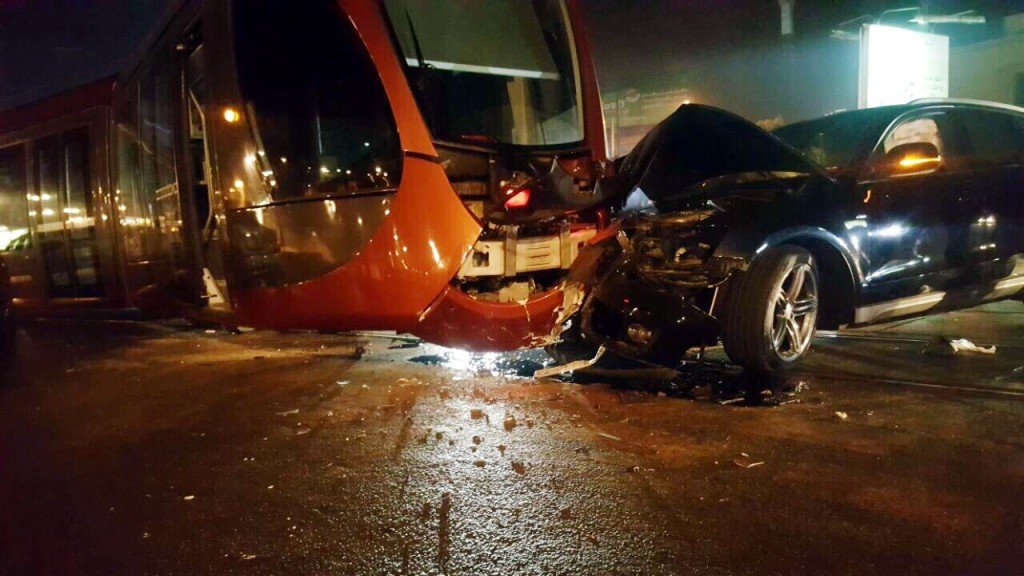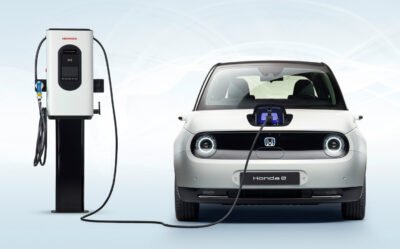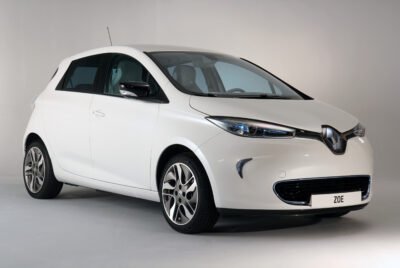Casablanca is the largest city in Morocco and one of the busiest urban areas in Africa. With a population of over 3.3 million people and a land area of 386 square kilometers, it is not surprising that the city’s streets are filled with a large number of vehicles. However, this high volume of traffic often leads to congested roads and increased risks for drivers, pedestrians, and cyclists. We will explore the driving behavior in Casablanca, the challenges that arise as a result, and potential solutions to improve the situation.
Also, according to data from the National Institute of Statistics in Morocco, there were approximately more thant 5 million registered passenger cars in Morocco in 2020.
Driving Behavior in Casablanca:
Casablanca is known for its chaotic driving conditions, with drivers often flouting traffic rules and regulations. One of the most common issues is speeding, with drivers ignoring speed limits and driving at high speeds in congested areas. This behavior increases the risk of accidents and collisions, especially on the city’s narrow streets and busy intersections.
Another significant issue is the failure to yield, with many drivers failing to give way to pedestrians, cyclists, or other vehicles. This behavior is particularly problematic at intersections and roundabouts, where accidents often occur due to drivers’ failure to yield.
Additionally, aggressive driving behavior such as tailgating, cutting off other drivers, and weaving through traffic is also common in Casablanca. These actions put other drivers, cyclists, and pedestrians at risk of accidents and can lead to increased tension and road rage.
Challenges and Consequences :
The driving behavior in Casablanca creates many challenges and consequences that affect the city’s residents, visitors, and economy. Traffic congestion and delays are a common occurrence, leading to increased travel times and reduced productivity. Accidents and collisions also have a significant impact, causing injuries, fatalities, and property damage, which can have a long-lasting effect on individuals and families.
Moreover, the cost of healthcare and insurance for accidents and injuries can place a significant burden on the healthcare system and the economy. Traffic-related air pollution is another consequence of poor driving behavior, leading to health issues such as respiratory problems and environmental damage.
Improving driving behavior in Casablanca is essential to reduce the number of accidents, injuries, and fatalities, and to alleviate traffic congestion and pollution. Several solutions can be implemented to address these issues, such as:
- Education and Awareness: Education and awareness campaigns can be conducted to educate drivers about traffic rules and regulations, safe driving practices, and the importance of respecting other road users. These campaigns can be carried out through various channels, including media, schools, and public events.
- Traffic Management: Traffic management measures such as the installation of speed cameras, roundabouts, and traffic lights can help regulate traffic flow and reduce congestion. Additionally, strict enforcement of traffic rules and regulations can deter drivers from breaking the law and encourage safer driving behavior.
- Infrastructure Development: Infrastructure development, including the construction of wider roads, sidewalks, and bike lanes, can improve traffic flow and increase safety for pedestrians and cyclists. Improved public transportation systems, including buses and trains, can also reduce the number of private vehicles on the road, leading to less traffic congestion.
- Technology Solutions: Technology solutions such as intelligent transport systems, including traffic monitoring systems, can improve traffic flow and reduce congestion. Additionally, driver assistance technologies such as collision warning systems and lane departure warning systems can enhance safety and reduce accidents.
In conclusion, improving driving behavior in Casablanca is essential to reduce the number of accidents, injuries, and fatalities, and to alleviate traffic congestion and pollution. Education and awareness campaigns, traffic management measures, and enforcement of traffic laws are all important steps that can be taken to achieve this goal. Additionally, promoting alternative modes of transportation such as cycling, walking, and public transportation can also help to reduce the number of vehicles on the road, leading to safer and more sustainable mobility in the city.
However, it is important to note that changing behavior is not an easy task and requires a long-term and sustained effort from all stakeholders involved. Government agencies, civil society organizations, businesses, and citizens all have a role to play in promoting responsible and safe driving practices in Casablanca.
Ultimately, creating a culture of safe and responsible driving is not only essential for the well-being of individual drivers and pedestrians, but also for the prosperity and sustainability of the city as a whole. By working together and taking proactive steps to address driving behavior, we can create a safer, more efficient, and more enjoyable driving experience in Casablanca.
Overall, improving driving behavior in Casablanca is a complex and multi-faceted challenge, but one that is essential for creating a safer and more sustainable city. By taking action today, we can help to ensure a better future for ourselves and future generations to come.







